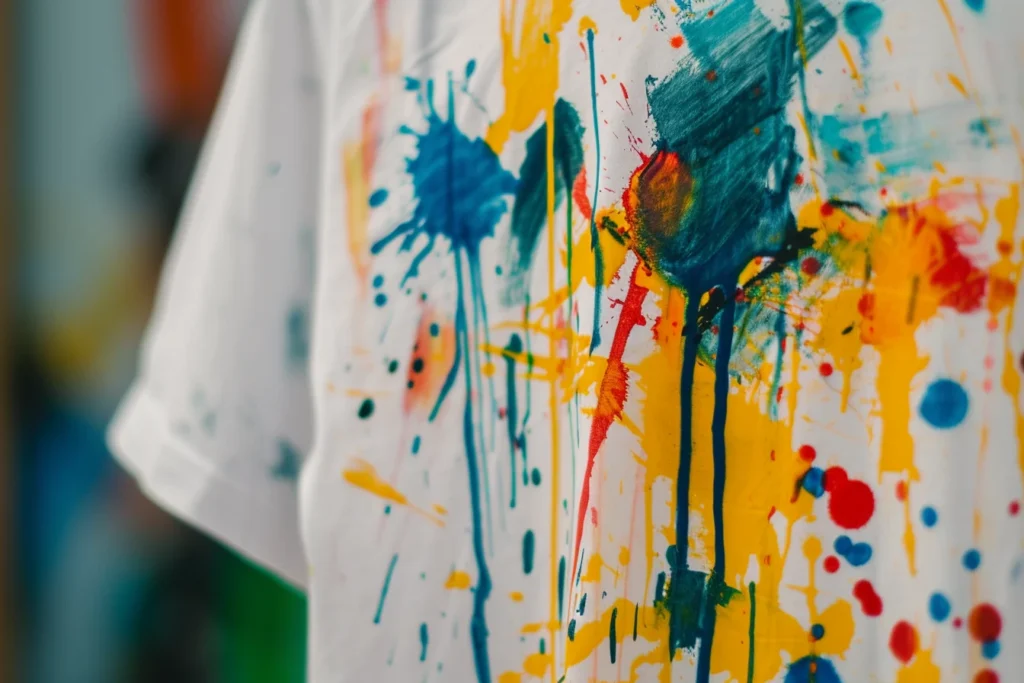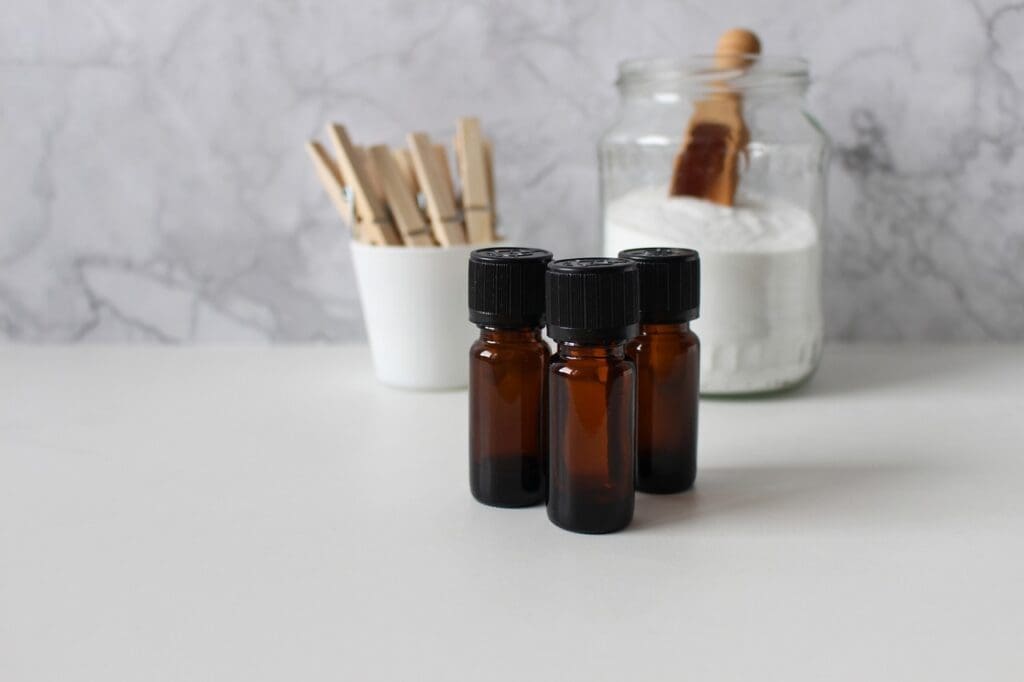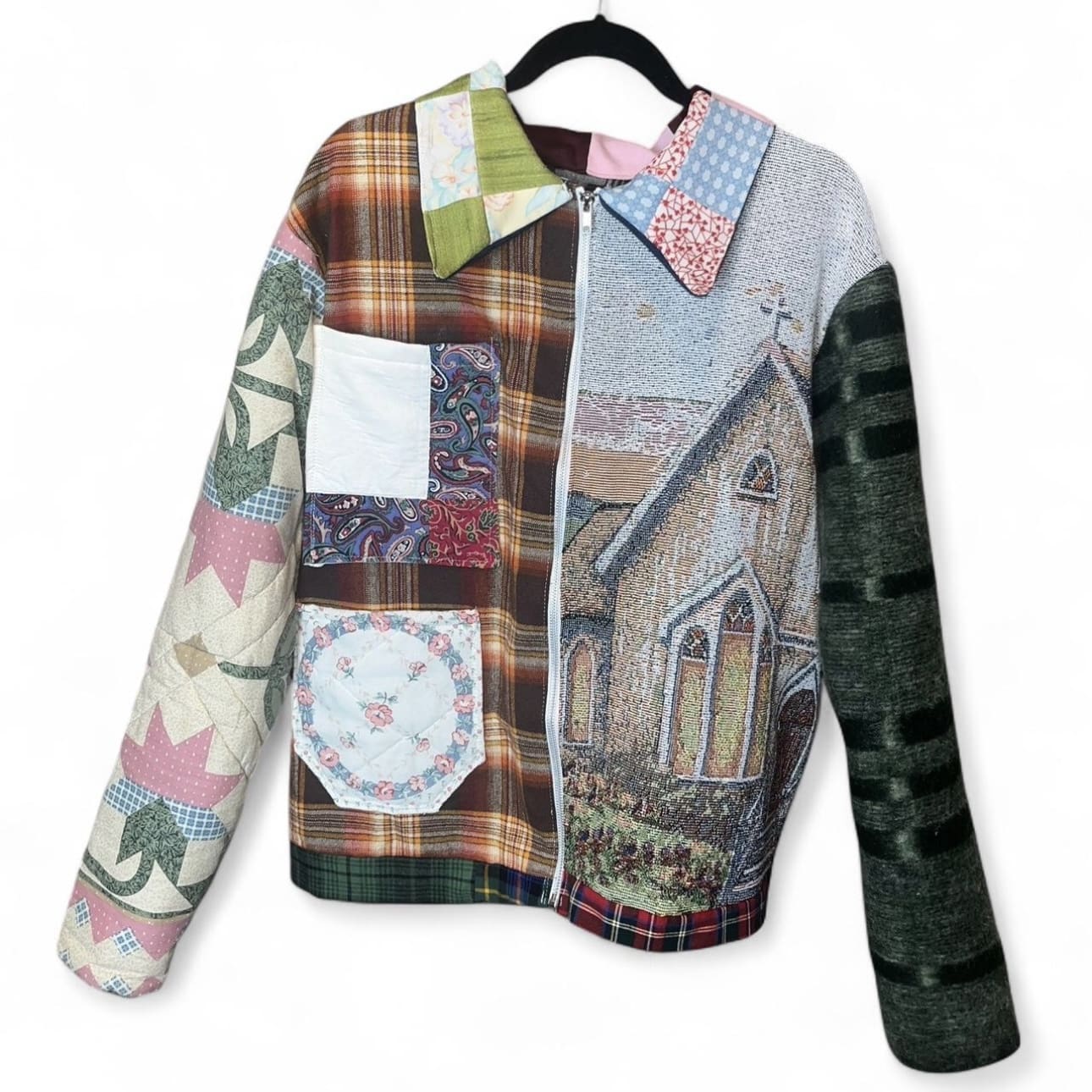Paint stains are inevitable, whether you’re refreshing your walls, exploring your creative side, or handling DIY home repairs. But when that accidental paint splash lands on your favorite shirt or a comfortable pair of jeans, you might feel tempted to give up on the garment altogether. However, there’s a sustainable alternative to tossing out stained clothing: learning how to effectively remove paint stains to extend the life of your clothes.
In recent years, reducing fabric waste has become more critical than ever. The fashion industry is one of the largest contributors to global waste, with millions of tons of clothing ending up in landfills each year. Every time we throw out clothes because of a stain or minor damage, it adds to this burden, and replacing these items often means more resources are consumed in production. By salvaging clothes with paint stains, you not only save money but also help curb waste and make a positive environmental impact.
This guide will take you through simple, effective methods for getting paint out of clothes, so you can rescue your favorite pieces and keep them in rotation. With the right tools and a little effort, you’ll be able to remove even stubborn stains, allowing you to avoid the wasteful cycle of disposal and replacement. So, whether you’re dealing with poster paint from a kids’ craft session or oil-based paint from a home improvement project, don’t worry—this step-by-step guide will help you bring new life to your clothes.
Step 1: Identify the Type of Paint
Different types of paint require different cleaning approaches. Paints typically fall into two categories:
- Water-based (latex, acrylic, and poster paint): These are generally easier to remove, especially when wet.
- Oil-based (enamels and certain emulsion paints): More durable and challenging to remove, especially after drying.

Tip: Always check the paint label and the garment’s care instructions to ensure you’re using safe methods and products for your fabric type.
Step 2: Gather Your Supplies
Depending on the type of paint, you may need:
- Plastic knife or spoon
- Cotton cloth
- Dish soap (e.g., Dawn)
- Liquid laundry detergent
- Toothbrush (old but clean)
- Stain removal spray
- Rubbing alcohol, acetone nail polish remover, or aerosol hairspray
- Essential oils
- Salt, white vinegar, baking soda, ammonia
- Warm water and bowl or sink basin
Step 3: Remove Water-Based Paint (Latex, Acrylic, and Poster Paint)
For Fresh Stains
- Rinse and flush: Turn the garment inside out and run warm water through the back of the stain to help push the paint out.
- Apply dish soap or detergent: Use Dawn or laundry detergent to saturate the stain, gently massaging it into the fabric’s fibers.
- Let it sit: Allow the soap to work for 5-10 minutes to break down the paint.
- Soak and agitate: Place the garment in warm water for 1 hour, gently agitating every so often to help lift the stain.
- Scrub with a toothbrush: Use a soft toothbrush to loosen the paint, working gently to avoid damage.
- Rinse and repeat as needed: Rinse under running water, apply more detergent if needed, and repeat scrubbing.

For Dry Stains
If the stain has dried, it may take a bit more effort:
- Use an alcohol-based product: Apply rubbing alcohol, acetone, or hairspray to saturate the stain. Test on a hidden area first.
- Scrub with a toothbrush: Work the alcohol solution into the stain, loosening the paint.
- Rinse and launder: Rinse thoroughly and wash the garment as usual.
For persistent stains, mix baking soda with water to make a paste, apply it to the stain, and let it sit to help lift the paint from the fibers.
Step 4: Tackle Oil-Based Paint Stains
Oil-based paints, used in some emulsion and gloss paints, can be tough to remove. You’ll need to use specific solvents to break down the paint.
- Apply mineral spirits, paint thinner, or turpentine: Dampen a cloth with one of these solvents and dab it on the stain. Work in a well-ventilated area and avoid over-saturating.
- Blot the stain: Place the garment on paper towels, stain-side down, and blot from the back to prevent the paint from spreading.
- Soak in warm water with detergent: Let the garment soak in warm, soapy water overnight to break down the stain.
- Scrub and rinse: In the morning, scrub the area with a toothbrush and rinse thoroughly.
- Repeat if needed: Launder as usual but inspect the stain before drying. If the stain persists, repeat the process.
Step 5: Try Extra Treatments for Stubborn Paint Stains
For particularly difficult stains, additional treatments can help:
- Salt-vinegar-ammonia soak: Mix 2 parts ammonia, 2 parts white vinegar, and 1 part salt. Soak the garment overnight, then scrub and rinse.
- Essential oils: A few drops can help break down paint particles, particularly on small spots.
- Baking soda paste: This can help lift dried paint when combined with warm water and gentle scrubbing.

Tip: Always check for the stain’s status before drying, as heat from the dryer can set any remaining stain, making it nearly impossible to remove.
Final Tips and Tricks
- Avoid aggressive scrubbing: This can damage the fabric and set the stain further.
- Be patient: Some paint stains may need multiple treatments before they fully disappear.
- Seek professional help if needed: If you’re struggling with stubborn stains, a professional dry cleaner can use specialized treatments.
With these steps, you’re well-equipped to handle any paint mishap! Removing paint from clothes might seem like a challenge, but with the right techniques, it’s entirely possible to give your favorite garments a second chance. Every time you choose to clean rather than discard, you’re making a sustainable choice that benefits both your wallet and the planet. So, the next time you find yourself covered in splashes of paint, remember that each stain is just an opportunity to learn something new and protect what you already own.
And if you’re inspired by the look of paint-splattered clothes, check out Custom WearHouse for wearable art pieces and upcycled clothing—fashionably paint-splattered on purpose.











